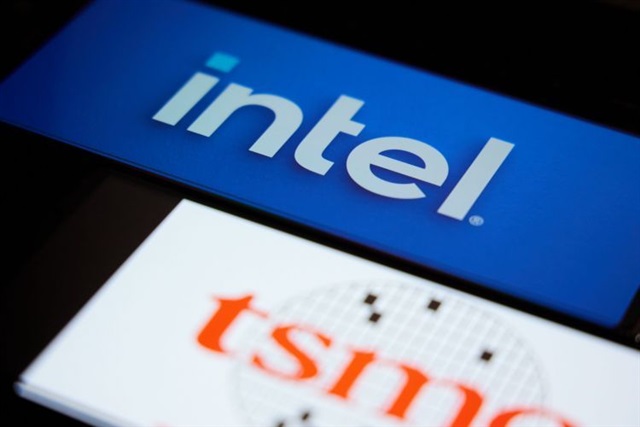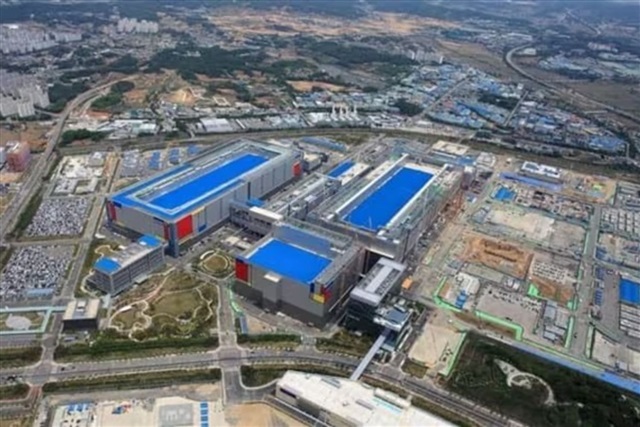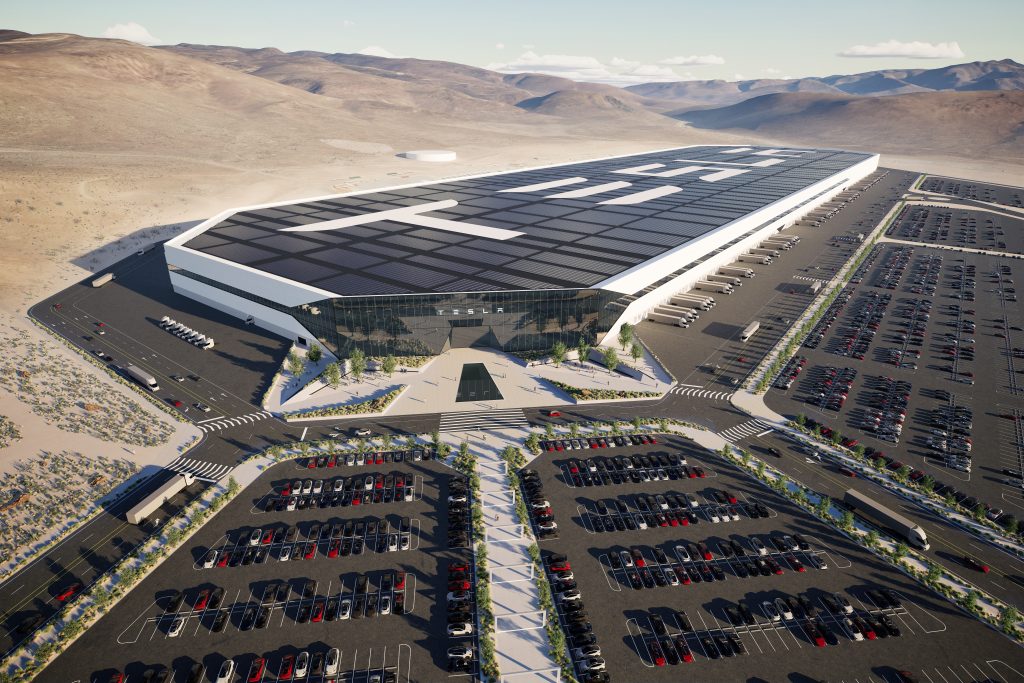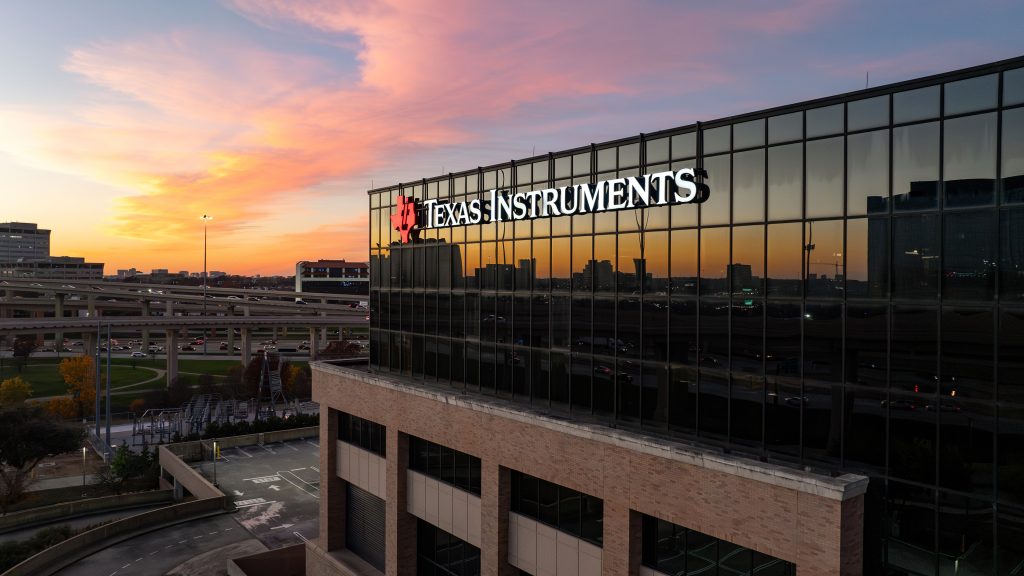
Intel is reportedly reconsidering its foundry strategy under new CEO Lip-Bu Tan, with plans to shift focus from its 18A (1.8nm-class) process node to the next-generation 14A (1.4nm-class) technology. If implemented, the pivot would mark a significant strategic retreat from the foundry race, potentially leaving Taiwan's TSMC unchallenged in leading-edge nodes for the next several years.
According to sources, Tan, who took over as CEO in March, is weighing a realignment of Intel Foundry's priorities to better position the company to win orders from key clients like Apple and Nvidia. Internally, Intel sees 14A as more competitive than TSMC's forthcoming offerings. However, shifting away from 18A for external customers could trigger major financial consequences.
18A losing traction, 14A gains focus
Reuters reports that 18A and its performance-boosted variant, 18A-P — once central to former CEO Pat Gelsinger's strategy — are failing to attract new clients. Since June, Tan has signaled internally that 18A is losing traction, prompting a shift toward 14A, which is expected to reach risk production in 2027 and volume output in 2028.
Tom's Hardware notes that Intel poured billions into developing 18A, which features second-gen RibbonFET gate-all-around transistors and the PowerVia backside power delivery network. In contrast, 14A will debut RibbonFET 2, PowerDirect (which delivers power directly to the transistor source and drain), and Turbo Cells optimized for critical logic paths.
Tan has reportedly instructed internal teams to prepare proposals, including ending external promotion of 18A, for presentation to Intel's board as early as July. However, given the scale and complexity, a final decision may not come until the board convenes again this fall.
Even if Intel drops 18A for foundry clients, it will continue using the node for in-house products such as the Panther Lake laptop CPUs, expected in 2025 and marketed as the most advanced processors ever designed and built in the US. Intel will also fulfill limited 18A orders for Amazon and Microsoft, citing tight delivery timelines that preclude waiting for 14A production.
Financial fallout and strategic risk
Abandoning 18A and 18A-P for external clients could lead to massive write-downs. TechPowerUp estimates the financial impact could range from hundreds of millions to several billion dollars. Intel already reported a US$18.8 billion net loss in 2024 — its first since 1986 — heightening pressure on Tan's cost-cutting efforts.
Intel had previously scrapped its 20A process to double down on 18A. Now, with 14A emerging as the new priority, 18A risks becoming a short-lived transitional node. Most of the tooling for 20A, 18A, and 14A, except for High-NA EUV, is already deployed at Intel's D1D fab at Gordon Moore Park in Oregon and Fabs 52 and 62 at the Ocotillo campus in Arizona. But powering up those tools would incur depreciation expenses, adding to Intel's financial strain.
Tom's Hardware notes that exiting 18A for external use could save Intel the overhead of supporting customer tape-outs and ramp schedules. But doing so would leave chipmakers with few alternatives to TSMC(2330.TW), whose N2 and upcoming A16 nodes are headed into volume production between late 2025 and 2026.
While Intel's 18A holds an edge in backside power delivery, TSMC's N2 is expected to lead in transistor density. That advantage could shift when TSMC introduces Super Power Rail with A16 in 2026. Samsung's upcoming SF2 (or SF3P) is also in the pipeline but is projected to trail both rivals in power, performance, and area efficiency.
Limited foundry traction so far
Winning third-party clients remains central to Intel's foundry turnaround. So far, only Amazon, Microsoft, and the US Department of Defense have confirmed plans to use 18A. Broadcom and Nvidia are said to be testing the node, but neither has made a commitment.
Tan's approach departs sharply from Gelsinger's capital-intensive strategy. In April, Intel initiated cost-cutting measures that included layoffs and cancellations. While Intel declined to comment on "market speculation," a spokesperson reiterated its focus on strengthening the roadmap and restoring financial discipline.
If Intel abandons 18A as a foundry offering, it risks exiting the leading-edge foundry race until 14A becomes viable around 2028. That gap could give TSMC a decisive edge in attracting sub-2nm clients across AI, HPC, and mobile segments.
As one industry insider put it, Intel may not even show up to the fight against TSMC's N2 and A16.
Stay up to date with the latest in industry offers by subscribing us. Our newsletter is your key to receiving expert tips.

Samsung Electronics is transforming its Pyeongtaek Campus Line 4 (P4) in South Korea into a manufacturing base focusing on HBM4 production. Analysts indicate that Samsung is increasing the proportion

Samsung scores another major foundry victory, expanding its roster of high-profile clients on advanced nodes. After Tesla selected the company in July to produce its AI6 processor under a $16.5 billio

Texas Instruments, a leading analog IC maker, has released its Q3 2025 results, with its cautious Q4 outlook sparking concerns over the broader semiconductor market. According to Reuters, the company